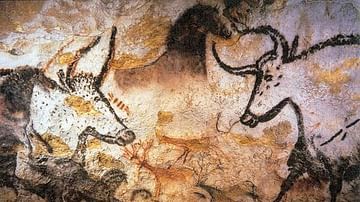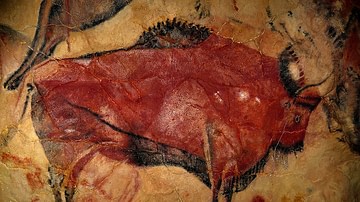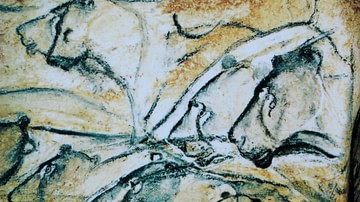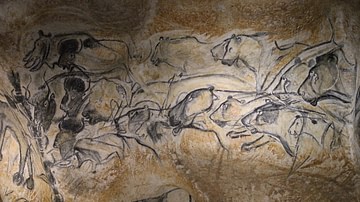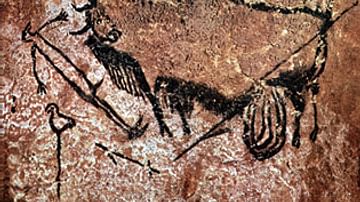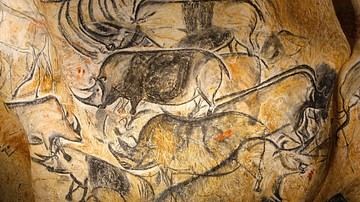Illustration
The cave lies to the west of the city of Sulaimaniya, near the modern village Chemi Rezan. Kiz Kapan is Turkish term which means "the girl's abductor." The term is a modern one and bears no relationship with the cave's history. The cave dates back to 600-550 BCE, when the Medes dominated the area.
The most striking feature at the entrance of the cave is a large rock relief. The relief depicts two men with their hands held up and their arrows on the ground, seemingly conveying a message of peace. The late archeaeologists Taha Bakir and Tawfiq Wahby suggested that the men are two Zartosht religious men who take an oath by the fire. However, several archaeologists believe that those two men are not religious men but rather leaders.
Sulaimaniya Governorate, Iraqi Kurdistan.
Cite This Work
APA Style
Amin, O. S. M. (2014, October 09). Kiz Kapan Cave, Iraqi Kurdistan. World History Encyclopedia. Retrieved from https://www.worldhistory.org/image/3114/kiz-kapan-cave-iraqi-kurdistan/
Chicago Style
Amin, Osama Shukir Muhammed. "Kiz Kapan Cave, Iraqi Kurdistan." World History Encyclopedia. Last modified October 09, 2014. https://www.worldhistory.org/image/3114/kiz-kapan-cave-iraqi-kurdistan/.
MLA Style
Amin, Osama Shukir Muhammed. "Kiz Kapan Cave, Iraqi Kurdistan." World History Encyclopedia. World History Encyclopedia, 09 Oct 2014. Web. 18 Apr 2024.


